Augmented Reality (AR) and Mixed Reality (MR) are technologies that allow digital content to be overlaid onto the real world. AR involves superimposing digital elements such as images, sounds, and videos onto a live view of the physical environment, while MR combines the digital and physical worlds to create an entirely new environment where digital objects appear to interact with the real world.
The use of AR and MR technology in education has many advantages, including:
- Enhancing engagement and interactivity: AR and MR technologies can make learning more interactive, engaging, and fun by creating immersive experiences that stimulate students’ senses.

- Promoting active learning: These technologies can be used to create learning environments where students can actively participate in the learning process, such as exploring a 3D model or solving a problem in a virtual world.
- Making abstract concepts tangible: AR and MR can help students better understand abstract concepts by visualizing them in a concrete, tangible way.
- Enabling personalized learning: These technologies can be used to create customized learning experiences that are tailored to the individual needs and learning styles of each student.
- Enhancing collaboration and teamwork: AR and MR can be used to create collaborative learning experiences where students work together to solve problems and complete tasks.
- Augmented Reality (AR) and Mixed Reality (MR) technology can help reduce the time and effort required in imparting and grasping knowledge: These advanced 3D visual interactive and simulative frameworks provide an efficient and effective teaching and learning environment that is inclusive and playful. AR and MR can make learning more engaging and reduce the amount of time teachers need to spend explaining concepts, while also making it easier for students to understand and apply what they learn, thereby building their confidence and interest in gaining knowledge.
In addition, the use of AR and MR technology in education is becoming increasingly necessary in the current digital age, as it allows students to develop skills that are essential in today’s workforce, such as critical thinking, problem-solving, and digital literacy.
Overall, the use of AR and MR technology in education has many advantages and is becoming increasingly important in the current digital age. It has the potential to enhance engagement and interactivity, promote active learning, make abstract concepts tangible, enable personalized learning, enhance collaboration and teamwork, and help students develop essential skills for the future workforce.

